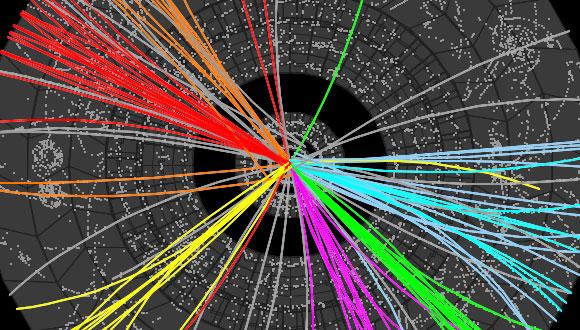Joint Seminar in Nuclear Physics
Ishay Pomerantz, University of Texas, Austin
Avraham Gal, Hebrew University
First talk at 14.30:
Frontiers In Ultrafast Nuclear Science
Lecturer: Ishay Pomerantz, The University of Texas at Austin
For the past few decades, nuclear research has been exclusive to large accelerator and reactor facilities. The availability of tabletop particle sources based on high intensity lasers opens venues for bringing nuclear research into university-scale laboratories. I will report on our experimental realization of a novel ultra-short pulsed laser-driven neutron source. Our results show a dramatic onset of high-energy electron generation from petawatt laser-irradiated plastic targets. The copious amounts of multi-MeV electrons are utilized to generate photo-neutrons from a metal converter. The neutrons are generated with a <50 ps pulse duration and an unprecedented flux of 10^18 n/cm2/s.
I will also describe our conceptual design for the production of neutron-rich nuclei using high intensity lasers. In our approach, large van der Waals bonded clusters of ThO2 undergo coulombic explosion under the high electric field in the focus of the laser. The resulting kinetic energies are sufficient for the oxygen to induce fission in the thorium, and for the fission fragments to fuse into heavy and extremely neutron rich nuclei.
I will discuss the prospects of these methods in performing r-process studies in the lab and some application.
Second talk at 15:55:
Dibaryons revisited
Lecturer: Avraham Gal, Hebrew University
Quark-based expectations for dibaryons are reviewed, with special emphasis on Nucleon-Delta and Delta-Delta non-strange dibaryons. Recent experiments at COSY (Juelich) on pion production in pn collisions give evidence of a B=2 resonance at 2.37 GeV and width of about 70 MeV, attributed to Delta-Delta bound by about 90 MeV. The talk will focus on few-body calculations of non-strange dibaryons that reproduce this Delta-Delta dibaryon candidate in terms of hadronic degrees of freedom exclusively [Gal-Garcilazo, PRL 111 (2013) 172301].


